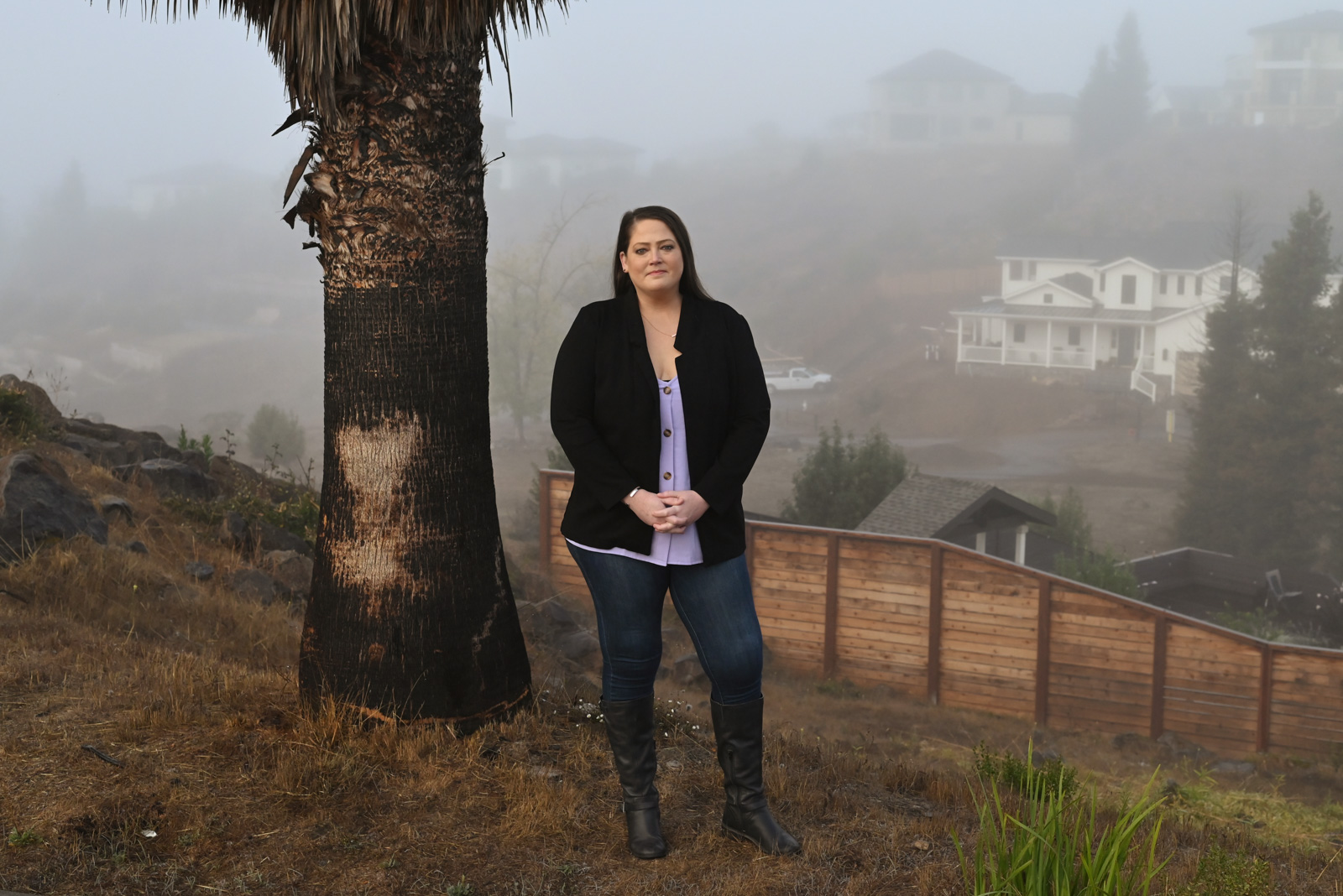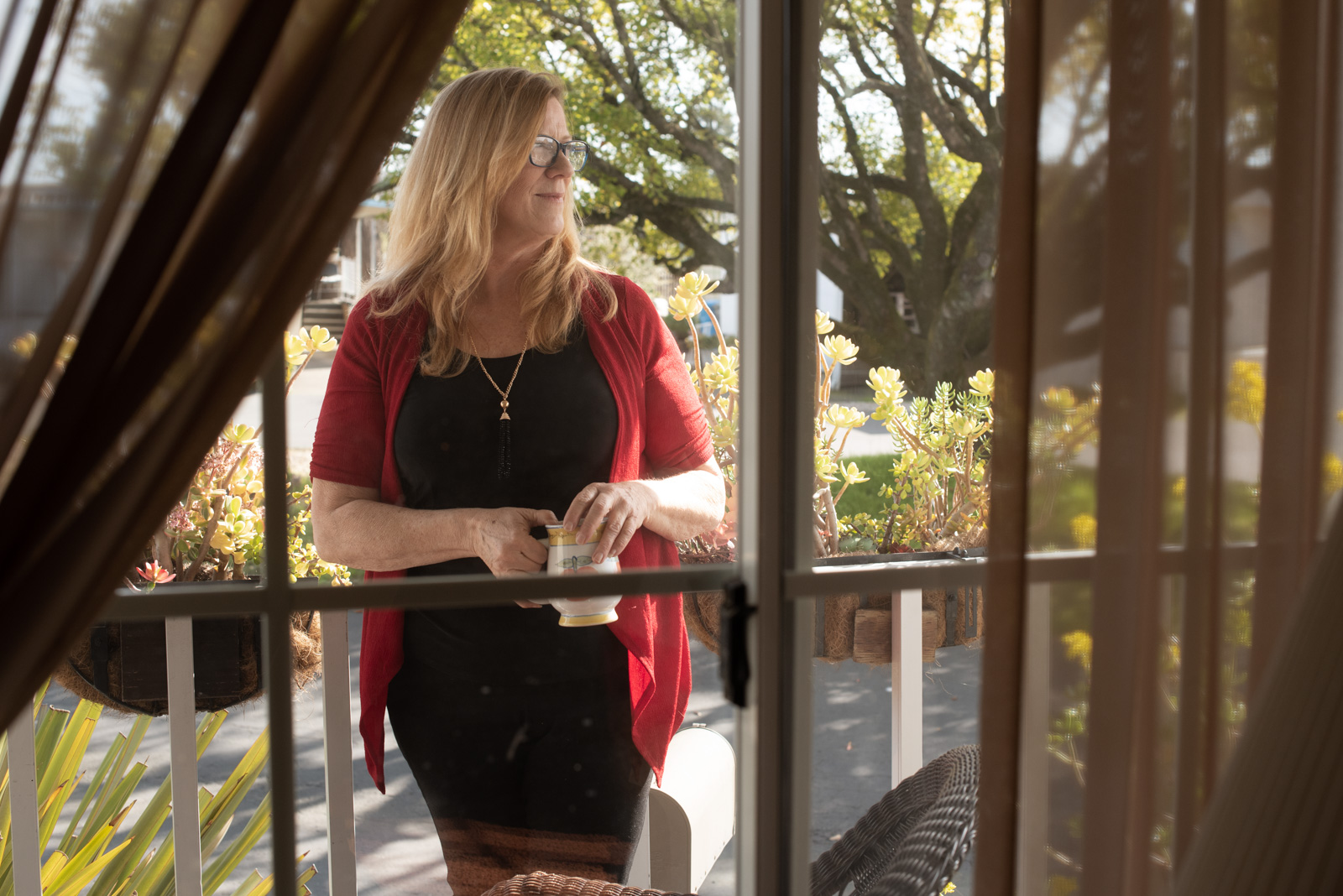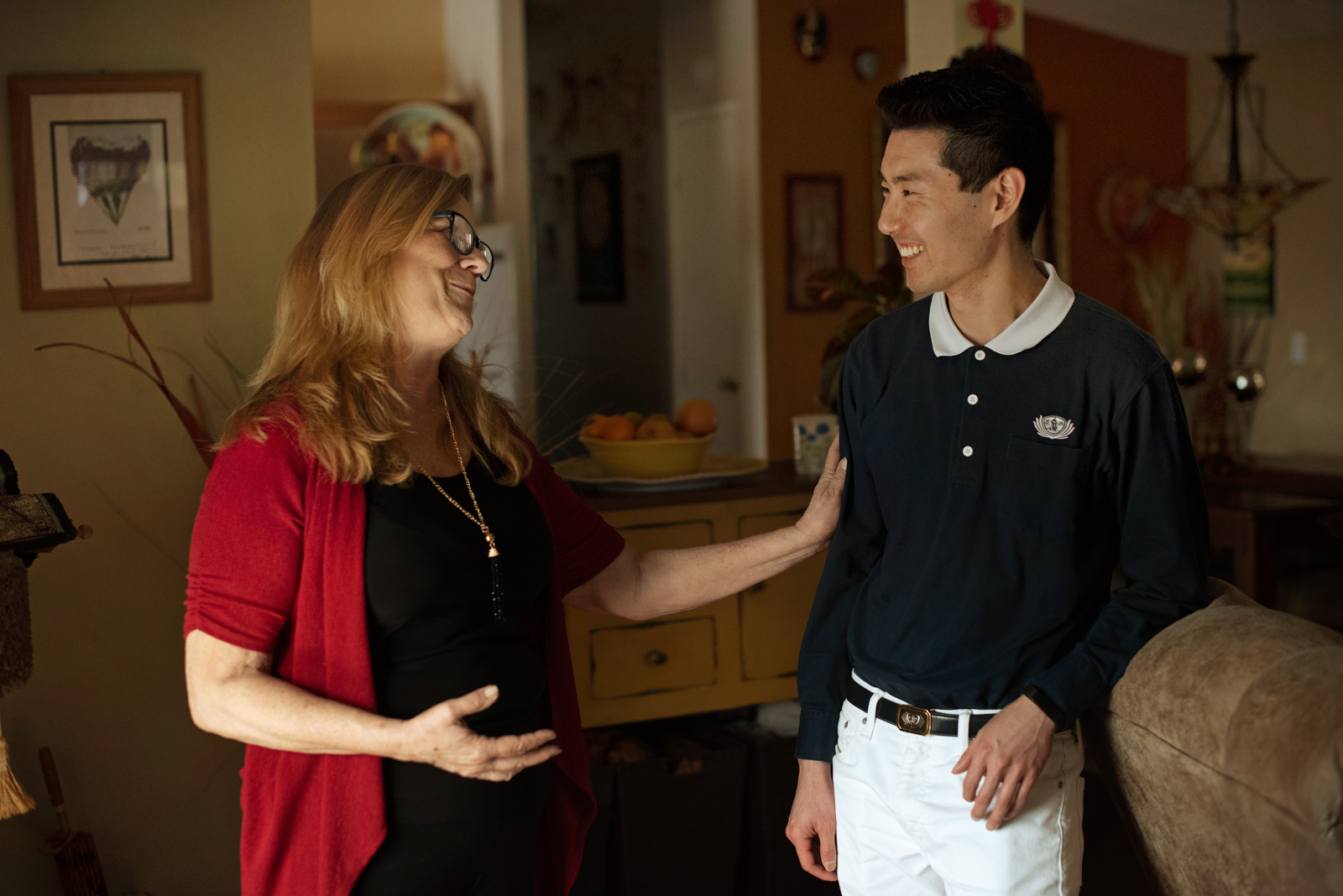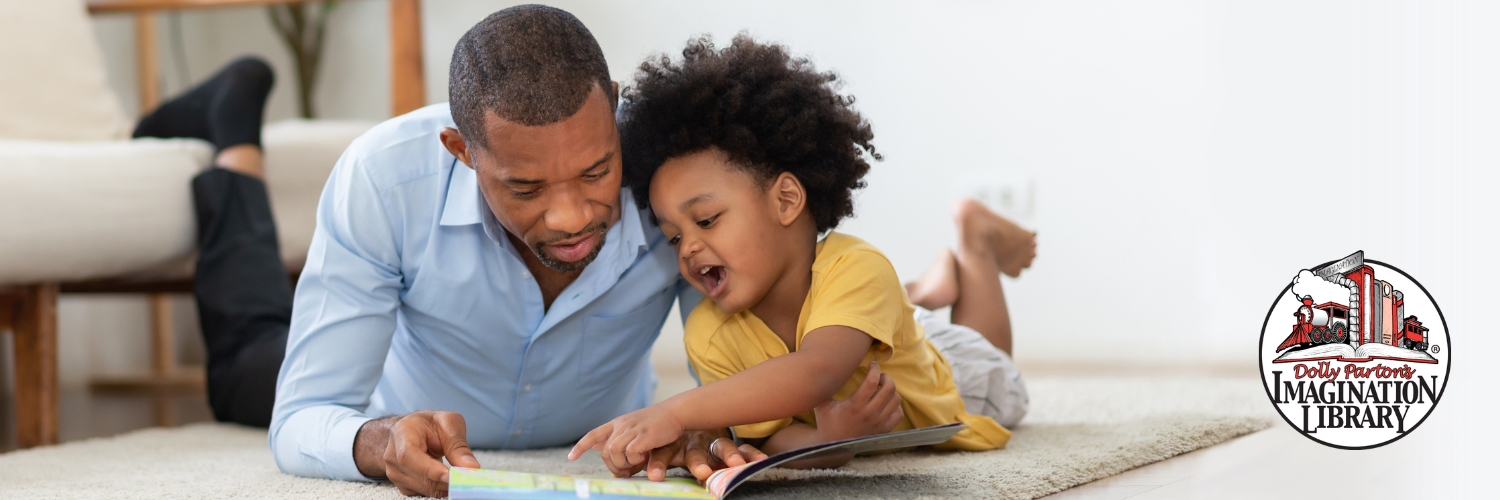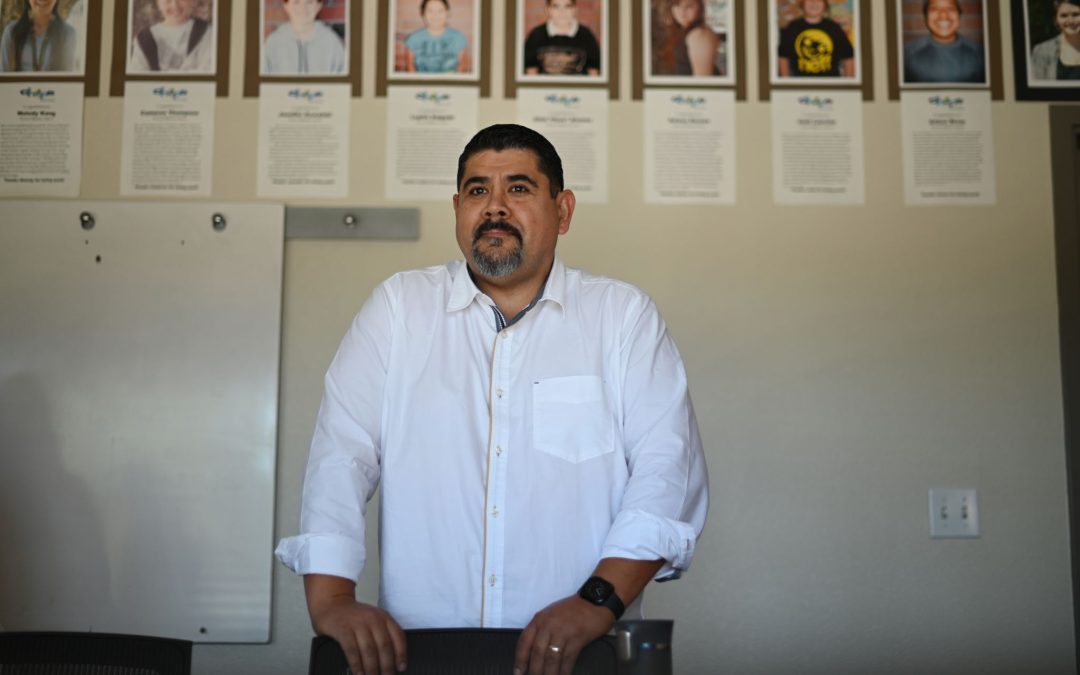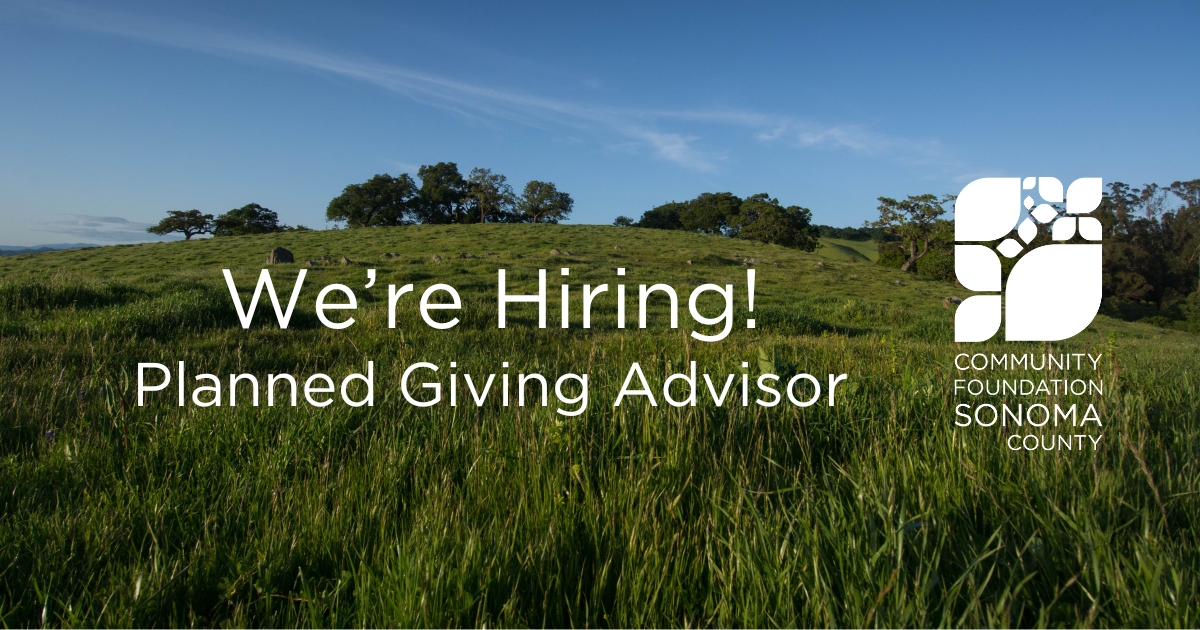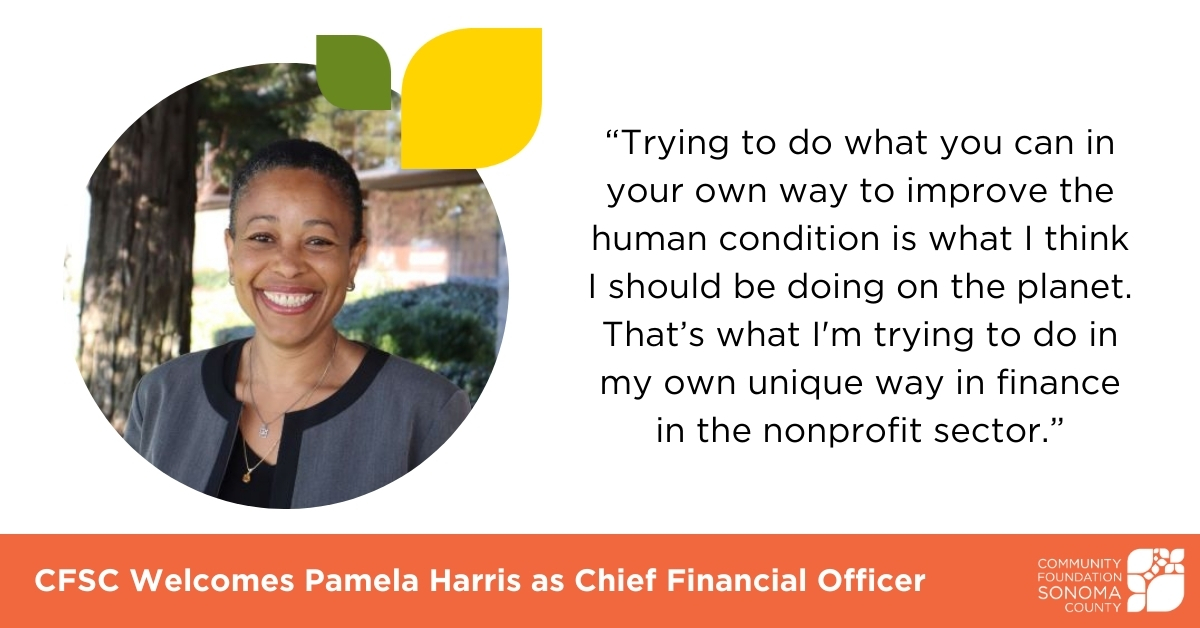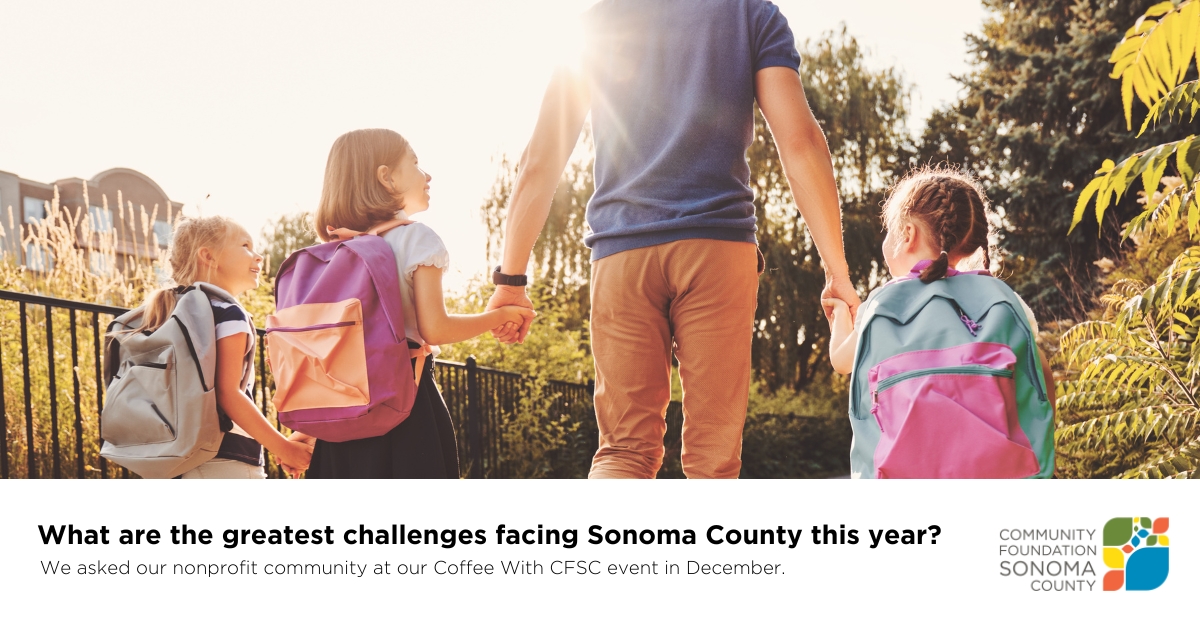The October 2017 North Bay fires left thousands of households with the daunting tasks of navigating insurance claims, disaster recovery assistance like FEMA, and the rebuilding or relocating process. As a result, Legal Aid of Sonoma County established a Disaster Relief Services Program, providing outreach & education, fire rights clinics, and more, in addition to helping eligible fire survivors through the overwhelming process of getting back on their feet.
This support looks different depending on the living situation and financial status of each individual or family impacted. Kendall Jarvis, Legal Aid’s Disaster Law Attorney who was recently elected to chair Sonoma County COAD and appointed to the California State Legislative Committee on Wildfire Research and Technology, says the issues facing survivors are wide-ranging and have long-lasting impacts. Survivors from the 2017 fires still contact the organization for support, and come from a wide spectrum of financial means.
Legal Aid helps fire survivors advocate for themselves and advocates for them by assisting in working through all the processes they can short of getting them into a long-term court battle, “Unless it’s necessary for people like Journey’s End,” says Jarvis of a three-year legal battle on behalf of the mobile home park residents.
Unlike some of Legal Aid’s other advocacy programs, there is not a hard and fast income requirement for those needing legal services in this program. Jarvis says that they look at eligibility based on expendable income; just because someone might be making a living wage doesn’t mean they can afford legal representation.
Help for people who were underinsured
“It is a reference point of: what are someone’s means and what can they do with those means? The thing that we know for sure is that so many people are underinsured, if they’re insured at all,” says Jarvis, pointing out hidden expenses of rebuilding a life after a fire, like furnishing temporary housing, paying construction fees, and more. “We look at it more holistically while prioritizing the vulnerable. People were severely underinsured. I think that that creates an extreme vulnerability, which is not an issue that the private bar takes on, generally speaking.”
Jarvis says issues around insurance required a lot of administrative law support because even for people that were insured, many couldn’t access the funds they had because insurance companies usually don’t just turn over 100% of the benefits, or wouldn’t cover the actual costs to rebuild.
“Consistently, adjusters that are generally, keep in mind, not from this area, they’re from another state, they’d say ‘Okay. This is the house you have, you could rebuild for 200 grand or 250 grand’,” says Jarvis. “You can’t even really buy a manufactured home for that value.”
A big part of what Legal Aid offers is support negotiating with insurance companies and educating the public and the survivors.
Building relationships with insurance companies and assuring them that Legal Aid was not seeking litigation was key to many of their successes. They made it clear they simply wanted to help their clients get fair treatment so they can rebuild.
“These people need this help, or they will not be able to be made whole,” says Jarvis. “They won’t be able to finish their rebuild.”
Supporting people who were entirely uninsured
An additional task is assisting those who are not insured at all. Jarvis says it is most common with renters, but points out that this has changed over the years because some insurance companies have been unwilling to insure. And then there are gray areas within this, particularly with more rural properties when, for example, it passes two generations.
“We would have three generations living on one parcel, and they weren’t insured. The title maybe wasn’t clear, so we had to identify alternative options, which is something else the Community Foundation did [through our Resilience Fund grants]: provide money for Sonoma County and the Unmet Needs Committee,” says Jarvis. “And that was the place we could send people who were homeowners, who couldn’t afford to rebuild without gap financing.”
Jarvis says Legal Aid helped permanently rehouse over a dozen people with those funds alone.
But the reality is, cases among renters were equally complicated and simply finding a new rental for someone who lost their home wasn’t necessarily a permanent sustainable solution. If a family, for example, had stable, low rent before the fire and was rehoused in a rental that was two-to-three times higher than what they paid before, it can severely destabilize them financially.
“That’s not safe. They’re not permanently rehoused,” says Jarvis. “Having those kinds of policy conversations and helping other entities understand that, was an incredibly important piece of the puzzle.”
A lasting impact
Over the past five years, Legal Aid’s Disaster Relief Program has helped thousands of people either through one-on-one client support or through outreach and other events. Roughly 450 individuals have become clients, with nearly half of them from the Tubbs Fire alone, and another estimated 2,000 reached annually through outreach events, of which they had 175 in 2021 alone.
Because of changes in funding, Legal Aid will be shifting to a more policy-oriented focus, though Jarvis says the work in supporting survivors is far from over, particularly as Northern California sees catastrophic fires year after year. Still, the work they’ve done locally has rippled outward beyond the North Bay.
“We have helped other communities understand how to respond to this kind of need. We’ve traveled to the Dixie Fire. We traveled to the Butte Fires. I talked to people in Oregon all the time, New Mexico, Colorado, Los Angeles, Southern California in general,” says Jarvis. “There are so many people out there where I was on day one. There’s such an importance to institutionalizing that knowledge, sharing that knowledge, and saying: we’re going to bring this together on a united front.”
- Yvonne Rawhouser lived at Journey’s End before the 2017 fires. She was helped by Legal Aid, and by her volunteer case worker from Tzu Chi Howard Tong. Santa Rosa, Calif., on February 19, 2020. Photo by: © Erik Castro
- Yvonne Rawhouser lived at Journey’s End before the 2017 fires. She was helped by Legal Aid, and by her volunteer case worker from Tzu Chi Howard Tong. Santa Rosa, Calif., on February 19, 2020. Photo by: © Erik Castro
Story by Dani Burlison, photos by Erik Castro.

